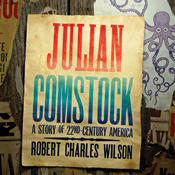
 The SFFaudio Podcast #327 – The Moon-Bog by H.P. Lovecraft; read by Martin Reyto courtesy of Legamus. This is an unabridged reading of the short story (24 minutes) followed by a discussion of it. Participants in the discussion include Jesse Willis, Seth Wilson, Jim Moon, and Juan Luis Pérez.
The SFFaudio Podcast #327 – The Moon-Bog by H.P. Lovecraft; read by Martin Reyto courtesy of Legamus. This is an unabridged reading of the short story (24 minutes) followed by a discussion of it. Participants in the discussion include Jesse Willis, Seth Wilson, Jim Moon, and Juan Luis Pérez.
Talked about in this episode:
Title has a hyphen; published in Weird Tales in June 1926, but written for a St. Patrick’s Day event; most critics dismiss the story; most characters are nameless; no Cthulhu mythos; Greek ties to Lovecraft’s The Tree; H.P. Lovecraft Literary Podcast; thematic similarities to The Rats in the Walls and Hypnos; conflict between the bog goddess and her servants; frogs; moonbeams; Greek Pan pipes, not Celtic pipes; on the story’s un-Irishness; competing models of colonization; Protestant work ethic; Pied Piper of Hamelin; surviving narrator motif similar to Ishmael in Moby Dick; departure from the traditional Lovecraftian narrator; the poetry of Lovecraft’s prose, alliteration, etc.; Lovecraft’s Supernatural Horror in Literature; spoiler in Weird Tales art; the joys of reading aloud; Lovecraft’s Dunsanian story The Festival; architecture; Tolkien’s Dead Marshes and the gothic symbolism of bogs, etc.; Lovecraft’s descriptionn of cities in The Mountains of Madness and landscapes in The Dunwich Horror; The Cabinet of Dr. Caligari and similar impressionism in film; The Quest of Iranon; unreliable narrators à la Edgar Allan Poe, especially The Fall of the House of Usher; laughing; bog draining and the curse of the Tiddy Mun; the city of Bath and the intersection of Roman and Celtic cultures; John Buchan’s The Grove of Ashtaroth; this is actually a happy Lovecraft story!; Robin Hood and the defense of the land; humans destroy megafauna; Lovecraft’s The Hound; American horror trope of the Indian burial ground; the lack of Celtic mythology; will-o’-the-wisps; how does one drain a bog? Ask the Dutch; disappointment in scientific explanation for stories; the ruins and the Gothic tradition.
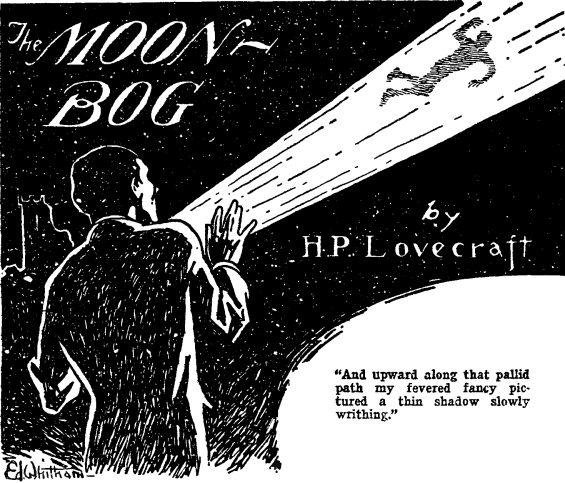
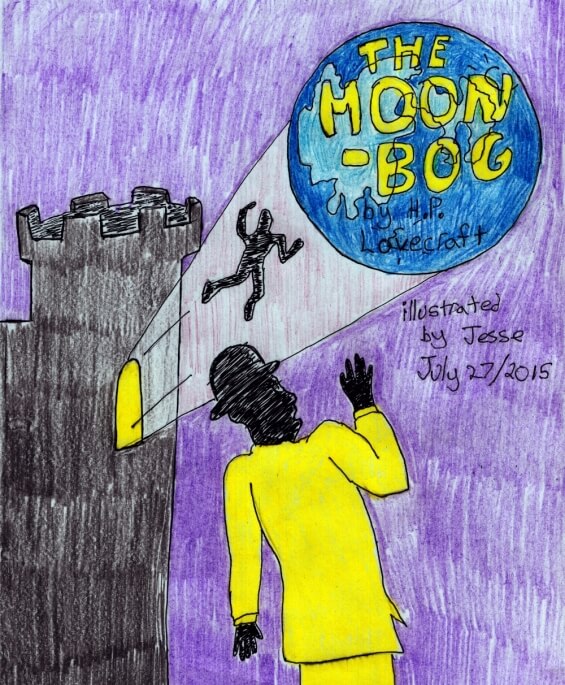
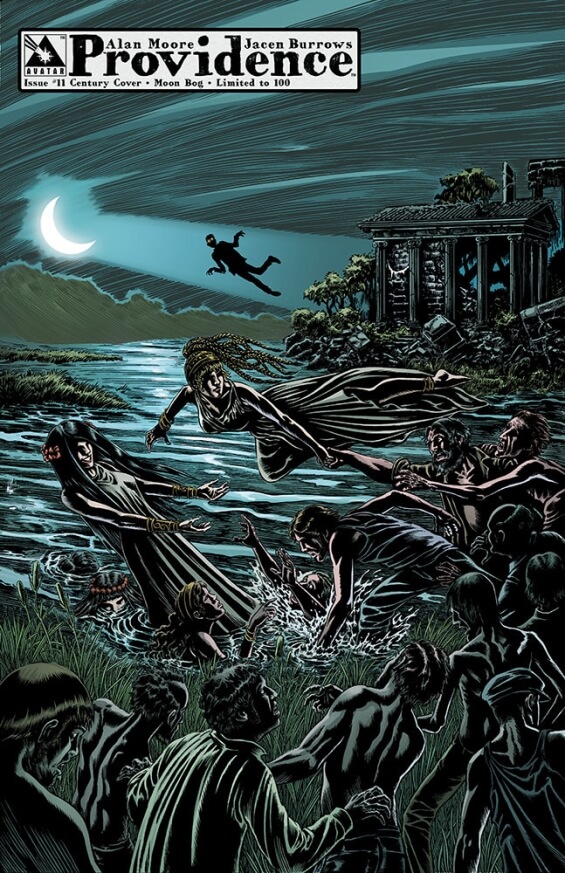
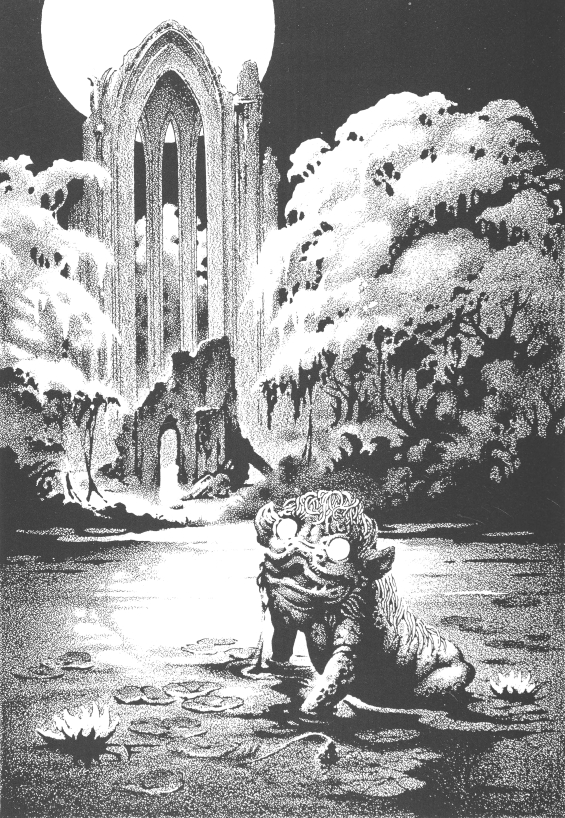
Posted by Jesse Willis

